Games as a Service: What It Means for In-Game Purchases
8 February 2025
Gaming has come a long way, hasn’t it? Gone are the days when you bought a game once, popped in the disc (or cartridge if you’re a retro gamer), and that was that. You owned it, you played it, and that was the end of the deal. These days, we’re in the era of "Games as a Service" (GaaS), and let me tell you, it’s reshaping how we approach gaming.
But what does GaaS actually mean? And how exactly does it impact those in-game purchases we all love (or hate)? Let’s dive in and break it down together.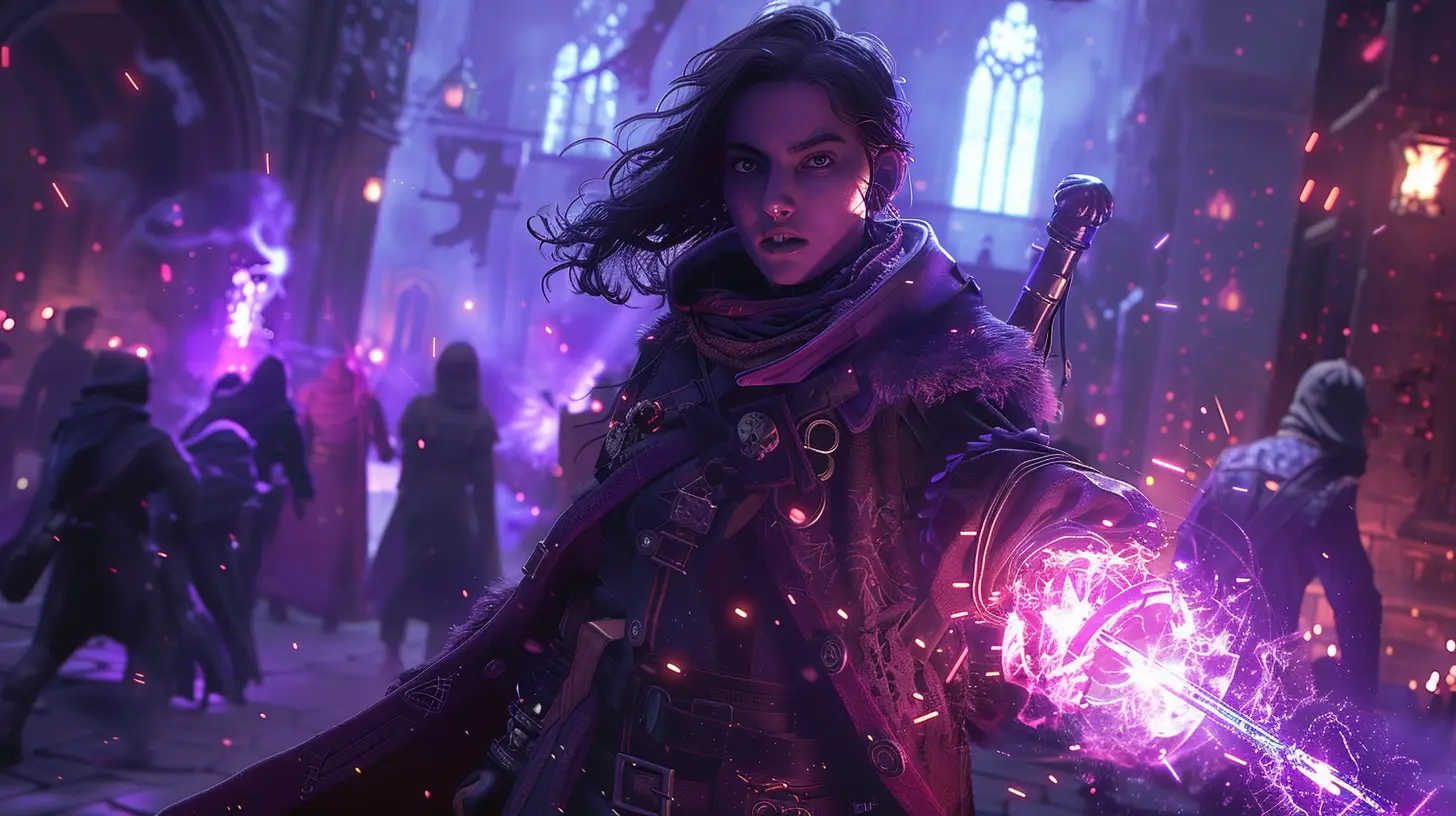
What Is Games as a Service (GaaS)?
First off, let’s get the basics squared away. Games as a Service, or GaaS, is a business model where a game isn’t just a one-and-done product anymore. Instead, it’s treated more like an ongoing service. Think of it like your favorite streaming subscription—except instead of Netflix or Spotify, it’s a video game that constantly evolves over time.This model relies on continuous updates, new content, and features being added to keep you coming back for more. It’s not just about the initial purchase (if there even is one!); it’s about keeping players engaged for the long haul. And yes, you guessed it—it’s often intertwined with in-game purchases.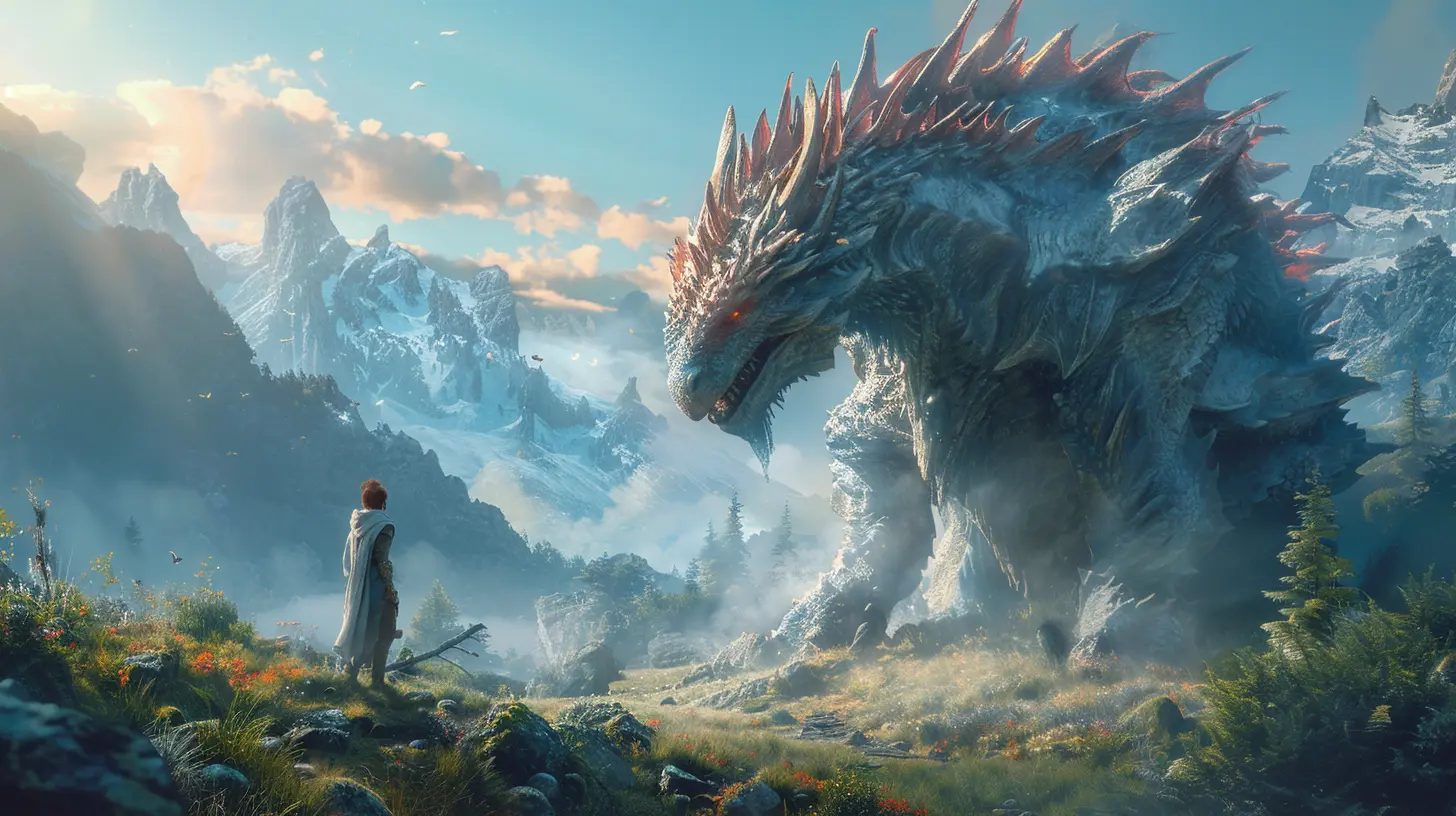
How Did We Get Here?
So, why did gaming shift to GaaS? A bunch of reasons, actually. For one, developers and publishers saw the potential in keeping players hooked on their games longer. It’s no secret that some of the biggest names in gaming—Fortnite, Destiny 2, and even Call of Duty—have adopted this model. Why? Because it’s wildly profitable.The old way of selling games was pretty straightforward. Developers worked for years on a title, released it, and moved on to the next project. But GaaS flips that script. Instead of wrapping things up, developers continue creating new content for the same game. It’s like planting a tree and tending to it rather than chopping it down and moving to the next forest.
There’s also the reality that today’s gamers want fresh experiences without jumping between countless new releases. GaaS makes that possible by delivering new maps, storylines, and items in an existing game. Add in the rise of online multiplayer and the growing social aspect of gaming, and you can see how the stars aligned for this model to thrive.
Enter In-Game Purchases: The Backbone of GaaS
Here’s where things get a little controversial—those in-game purchases. Whether it’s cosmetic skins, weapons, loot boxes, or battle passes, in-game purchases are a core component of the GaaS model. They’re what keep the lights on for developers while giving players a personalized experience (if done right, of course).Let’s break this down into the most common types of in-game purchases you’ll encounter:
1. Cosmetic Purchases
Ever spent money on a sweet new skin for your character or weapon? Yeah, you’re not alone. These are purely aesthetic, meaning they don’t affect gameplay—just how you or your gear look. It’s like buying a fancy outfit IRL; it’s not essential, but it makes you feel good.Cosmetics are generally well-received because they’re harmless. No pay-to-win dynamics here. Want to look like a neon samurai in Battlefield? Go for it. Prefer a sparkly llama backpack in Fortnite? It’s all yours. Cosmetic items let you express yourself without breaking the game for others.
2. Battle Passes
Ah, the battle pass—love it or hate it, it’s everywhere these days. Think of it as a season-long rewards system. You pay a fee upfront (usually pretty reasonable) and earn rewards like skins, emotes, or currency by playing the game and leveling up your pass.The great thing about battle passes? They encourage players to stick around and keep playing, often making the grind feel rewarding. The not-so-great part? FOMO (fear of missing out) can hit hard if you don’t have the time to max out your pass before it expires. It’s a double-edged sword, for sure.
3. Microtransactions
Here’s where the real debate starts. Microtransactions are small purchases, often for items or boosts that can range from cosmetic to functional (like extra inventory slots or power-ups). Some games nail the balance, but others… not so much. When a game lets you pay for an advantage over other players, that’s when things get dicey. Nobody likes feeling like they’ve been outclassed just because someone else has a deeper wallet.4. Loot Boxes
You knew these were coming, right? Loot boxes are randomized rewards players can buy with real or in-game currency. They’re like gaming’s version of a slot machine—you don’t know what you’ll get until you open them. While some players enjoy the thrill of it, others argue that loot boxes can feel like gambling, especially for younger audiences.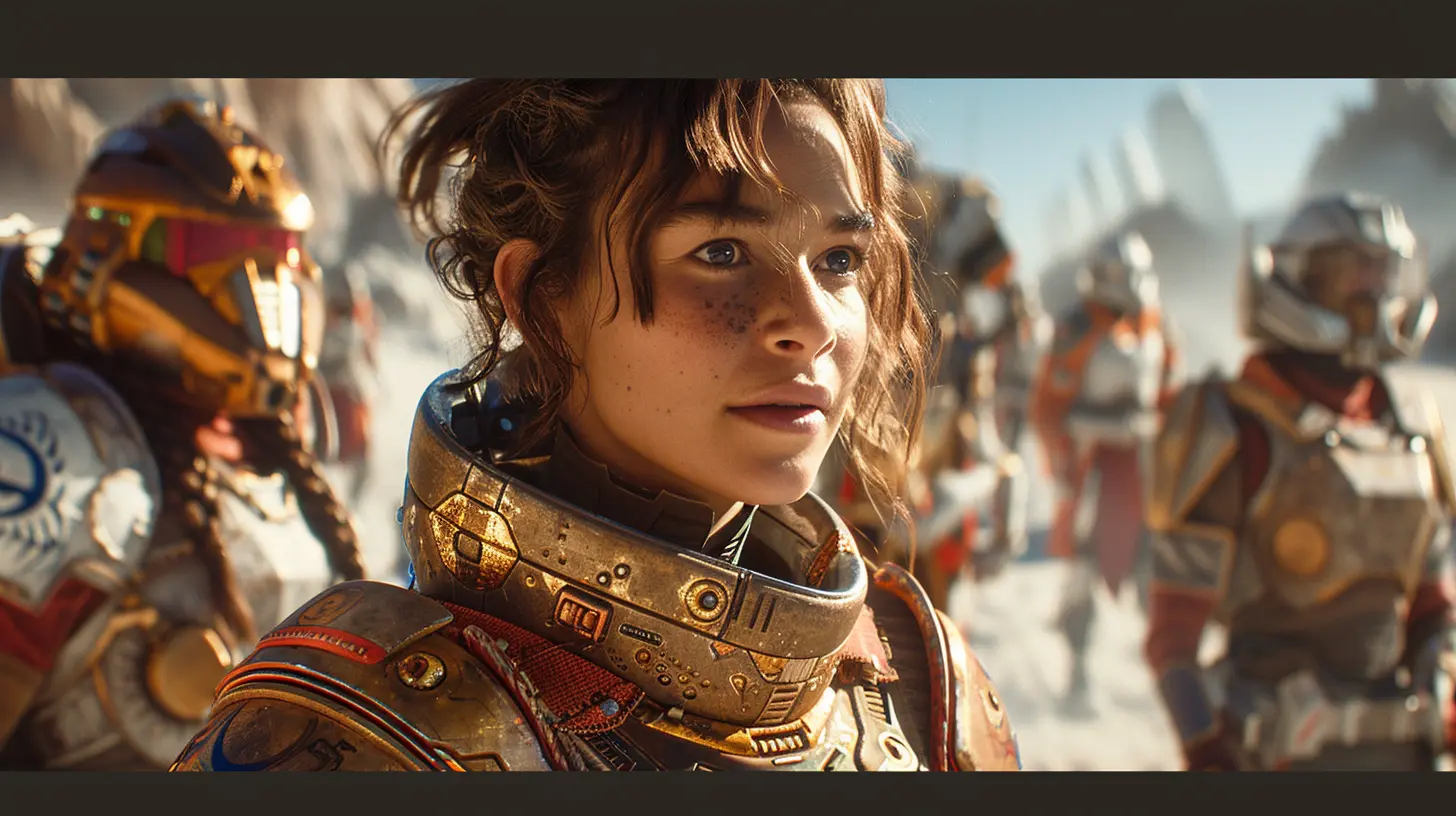
The Pros of GaaS and In-Game Purchases
Believe it or not, there are some legit upsides to this model. Let’s start with the positives:- Constant Updates and Content: Remember when a game got released, and that was it? No patches, no new levels—nothing. With GaaS, games are living, breathing things that continue to grow. You’re always getting something new to sink your teeth into.
- Access to Free-to-Play Titles: Many GaaS games are free-to-play, which means you can jump in without spending a dime. Sure, there are optional purchases, but you don’t have to buy anything to enjoy the core experience.
- Developer-Player Connection: Developers are often more engaged with their communities now. They’re listening to feedback, making changes, and delivering updates that players actually want. It can feel like a more collaborative experience.
The Cons of GaaS and In-Game Purchases
Of course, it’s not all sunshine and rainbows. GaaS and in-game purchases aren’t perfect, and they’ve got their fair share of critics.- Pay-to-Win Issues: When games let players buy power or weapons that give them an edge over others, it’s a huge turnoff. Nobody wants to pour hours into leveling up, only to be beaten by someone who bought their way to victory.
- FOMO and Burnout: The constant drip of new content can lead to a kind of exhaustion. Ever feel like you have to log in every day to keep up? That’s GaaS in action. It can be stressful, especially with timed events and battle pass expirations.
- Monetization Overload: Some games get a little too eager with their monetization tactics. When every screen feels like an ad for the next big bundle or exclusive skin, it can start to take away from the fun.
So, Is Games as a Service Good or Bad?
Honestly? It’s a mixed bag. Like anything in life, GaaS has its good sides and bad sides. For some players, it’s a dream come true. They get to play their favorite games for years, enjoying constant updates and fresh content. For others, it feels like a never-ending grind with an endless parade of microtransactions.As with anything, balance is key. Developers need to strike the right balance between delivering value and respecting players’ time and wallets. And as players? It’s up to us to support the games and practices we love while steering clear of the ones that cross the line.
Wrapping It Up
Games as a Service is here to stay, and love it or hate it, it’s shaping the future of the gaming industry. Whether you’re a fan of battle passes or you’ve spent hours debating the ethics of loot boxes, one thing’s for sure: GaaS has forever changed how we interact with games—and our wallets.At the end of the day, gaming is all about fun, right? So whether you’re all-in on the latest multiplayer shooter or you’re sticking to your classic single-player RPGs, make sure you’re having a good time. Because if the joy’s not there, what’s the point?
all images in this post were generated using AI tools
Category:
In Game PurchasesAuthor:

Lana Johnson
Discussion
rate this article
5 comments
Jenna Weber
Monetization reshapes gameplay; freedom or exploitation?
March 18, 2025 at 4:28 AM

Lana Johnson
Monetization can enhance gameplay by offering customization and new experiences, but it risks exploitation when it prioritizes profit over player enjoyment. Striking the right balance is key.
Zevonis Blair
Games as a Service exploits players—time to demand fair practices over relentless microtransaction greed!
March 10, 2025 at 5:36 AM

Lana Johnson
Thank you for your comment! It's crucial to advocate for fair practices in the gaming industry, especially regarding microtransactions in games as a service. Player feedback is essential for driving positive change.
Scarlett McClain
Games as a Service: where your wallet gets a workout and your character gets all the cool gear! 💸🎮
February 15, 2025 at 5:02 PM

Lana Johnson
Absolutely! Games as a Service can elevate gameplay with cool gear, but it's essential to manage spending wisely. 🎮💰
Mistral Hall
Great insights! It’s fascinating how Games as a Service is reshaping our gaming experience. While in-game purchases can boost engagement, they often leave us feeling torn between enjoying the game and emptying our wallets. Here’s to finding the right balance!
February 12, 2025 at 3:30 PM

Lana Johnson
Thank you! I agree, striking the right balance between monetization and player enjoyment is crucial for the future of gaming.
Hailey McFarlin
Understanding gamers' financial concerns.
February 10, 2025 at 3:30 PM

Lana Johnson
Absolutely, addressing gamers' financial concerns is crucial as games as a service evolve, ensuring that in-game purchases remain fair and value-driven.
MORE POSTS
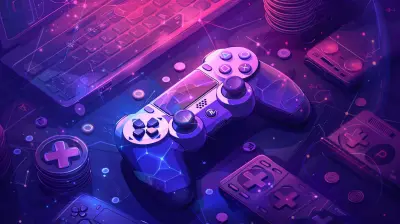
How Microtransactions Are Changing the Gaming Industry Ecosystem
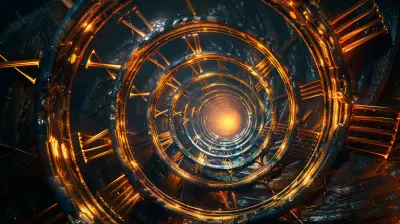
Puzzle Games with Time Travel Themes that Mess with Your Mind

The Emotional Responses of Developers Accepting Game Awards

The Role of Microtransactions in Mobile vs Console Games

Why Long-Term Communication with Backers is Crucial After Crowdfunding Success